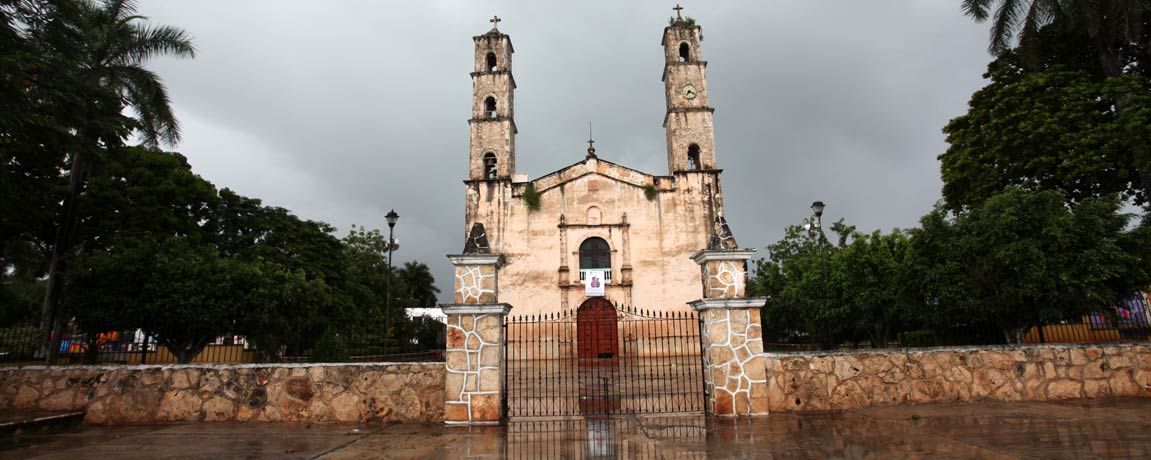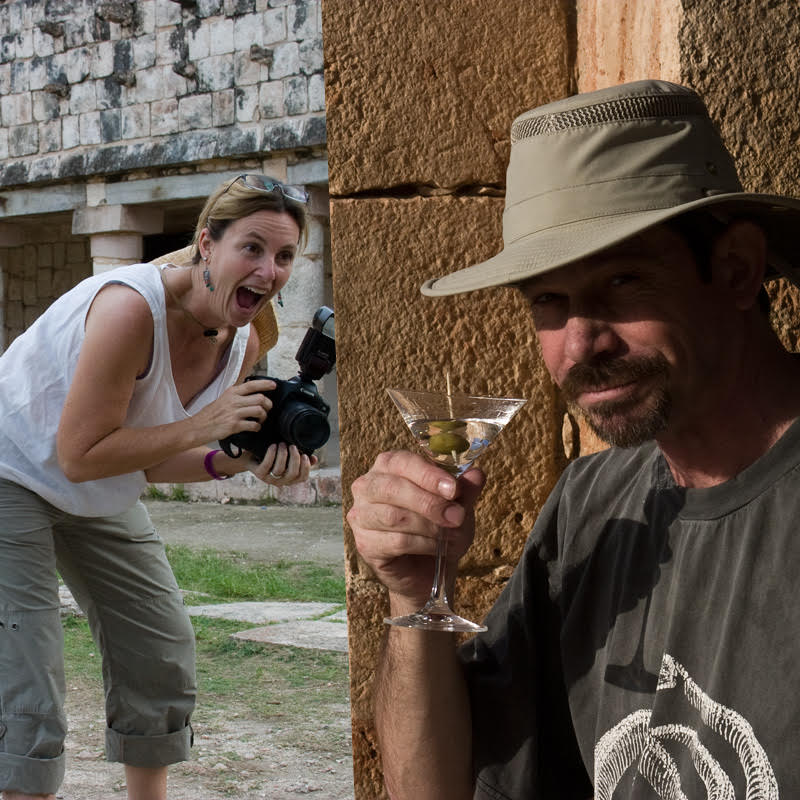Yucatan News: Its Not Easy Becoming Green
More Trees!
This week, a new regulation for the protection and conservation of urban trees will go into effect in Merida. This new regulation will regulate planting, transplantation, and conservation of trees or shrubs in certain areas of the city. The document, which contains 63 separate articles, also regulates which trees and plants should be considered for planting, as well as areas (parks, sports parks, plazas...) that should be replanted. It also establishes what should be done to prevent, mitigate, control, compensate and correct the effects or negative environmental impacts that have been created by urbanization. There are now defined fines for cutting down or damaging trees. All this comes in addition to the new Plan Verde announced last April which calls for the planting of 60,000 additional trees in Merida, which would have the effect of increasing Merida's tree coverage to 6 or 7 square meters per capita. Already, the Yucatecan capital of Merida is one of the leaders in Latin America, whose cities average 3.5 square meters of green per capita. Monterrey for example, has 3.16 square meters per capita, and Mexico City has 5.3 square meters. The recommendation of the World Health Organization (WHO) is 9 square meters of trees per inhabitant. So glad to see that Merida is starting on this worthy goal!!
HIV in Yucatan
According to a recent article in the Milenio newspaper, out of the 2.6 million new cases of HIV each year in Mexico, Yucatan continued to be the state with the largest percentage of newly infected patients (at the end of 2015), with 15.5 new cases per 1000 inhabitants. Luckily, Yucatan also has the wonderful non-profit organization, Fundación BAI A.C.. that participated in the recent conference in Mexico City about HIV and Hepatitis in the Americas. The organization works tirelessly to educate and advocate about HIV throughout the Yucatan, spearheading many outreach programs even to the smallest pueblos. In 2015, 3717 new male HIV patients were identified, and 679 new female patients. We are grateful that Fundacion BAI A.C. is working to lower those numbers.
Innovation for Women
The first Innovation Academy for Women of the Americas happened this year in New Mexico. This is a new international program designed to "accelerate the research and leadership skills of undergraduate women in the science, technology, engineering, mathematics, and architecture." In this first program, 15 women from Mexico came to New Mexico to participate in the program. This looks like a great program, and we are excited to learn that Merida will be the host city for this conference in 2018. By then, there should be a lot of interested women participating and we look forward to hearing more about it.
River Basins
Merida is becoming a real center for conferences, and we imagine this is only going to increase as the new Merida Conference Center being constructed near the Zona Hotelera is finished. Another recent conference just held in the White City was the World Assembly of River Basins. Many groups presented at this conference, including The United Nations Environment Programme, the International Network of Basin Organizations, the International Society for River Science and ecoAmerica. A major topic of conversation and presentations was climate change and the effect it will have on rivers and river basins.
Observing the Stars
There is an ancient building in the town of Acanceh that is said to have allowed the Maya to track the progress of the sun. Now it has been shown that the building also tracked the path of the planet Venus. The building was "discovered" by modern archaeologists in 2002, but was built sometime between 300 and 600 C.E., about one thousand years before the Spanish arrived. Beatriz Quintal Suaste from INAH was quoted in a recent article as saying that the building would only have been available to members of the upper classes, the Maya's priests and astronomers. Just another hint that perhaps the Maya played close attention to the stars.
Repairs and Renovations
There's a lot going on in downtown Merida. On May 24th, the city kicked off a five month program of improvements and repairs in downtown Merida, coordinated between the city of Merida and the state of Yucatan. They started in Mejorada, upgrading sidewalks, grills, storm drainage systems, pavements and lighting. They will be building pedestrian pavilions, places for people to get out of the sun or rain. Government officials announced that this is just the beginning of many upgrades to the historic downtown, which they noted is the workplace for about 50,000 people. This week, various bus stops have been moved to reduce traffic on streets that are being improved. The budget for these projects is just over 8 million pesos. Finally, it seems, the government of Merida has realized what expatriates have been saying for the last ten years or so... the historic downtown of Merida is a treasure, unique in the world. We must all work to preserve it!
Merida and Cuba.. and Beyond!
Mexican and Yucatecan businesses are recognizing that there is looming potential for doing business with Cuba... and beyond. CONCANACO (Mexico's Confederation of Chambers of Commerce) announced the meeting of First Forum of Tourism Businesses Mexico-Cuba where they hope to "link those interested in export and investment on the island with buyers and the Cuban government." Though the name implies "tourism", apparently the conference also includes other businesses. In addition to Cuba, they hope to unite businesses from the two other Meridas (in Venezuela and Spain) to increase business and trade between Latin America and other countries that share cultural backgrounds. As you can tell, this group has big plans... we look forward to seeing how it all plays out.
Research in Yucatan
Between the state of Yucatan and the National Council of Science and Technology (CONACYT), it is reported that there is about 70 million pesos this year to be used for research. Institutions, public and private universities, research centers, companies, laboratories and individuals and corporations can all apply for these funds, but they must be registered in the National Register of Institutions and Scientific and Technological Enterprises (Reniecyt). One of the recent projects that was funded by this fund is a project studying the possibility of generating electricity through waves in the ocean, carried out by a team at UNAM (Universidad Nacional Autonoma de México).
















